What Countries Ban Taco Bell Beef
Why Taco Bell Flopped In Mexico
For many Americans, Taco Bell has functioned as an introduction to Mexican food — albeit a very, very Americanized version. The chain was founded in Southern California, and was named after the Mission Revival styling of the original logo and restaurant decor. Across the United States, the chain boasts over 7,000 individual restaurants that serve specialties you won't find at other Mexican restaurants — think Mexican Pizzas, Crunchwrap Supremes, and other U.S.-invented Mexican foods — to more than 40 million customers each year. Outside of the United States, the brand boasts a strong international presence, with around 500 restaurants located in 30 countries worldwide.
It may or may not come as a surprise that Mexico is not one of the 30 countries where Taco Bell has been able to pull off a successful expansion, but that is not for lack of effort. Taco Bell first attempted to open a location across the border in Mexico City in 1992. After that failed, they tried again with a different concept in 2007, but that, too, was unsuccessful. So, why have the minds behind some of America's favorite tacos had such a hard time infiltrating the birthplace of the very food they helped to popularize in the United States? We took a deep dive into the history of Taco Bell's attempts at expansion into Mexico to find out why their south of the border locations were destined to flop.
It all started with a street cart
When Taco Bell first tried to expand into Mexico in 1992, they decided to start small. Most of the U.S. stores at the time were full-fledged quick service restaurants complete with drive-through windows and seating areas, done up in the Art Deco-meets-Spanish Colonial style that defined the brand in the late 80s and early 90s. For their first location in Mexico City, however, Taco Bell decided to do something entirely different. Rather than launching in the home of the taco with a brick and mortar location, they launched in Mexico City with a food cart. While this did represent a sort of nod to the street carts that made tacos a thing in the first place, the first Taco Bell in Mexico was actually built inside of a Kentucky Fried Chicken location.
Since both brands have been owned by the same parent company for some time — they're currently under the umbrella of Yum! Brands, but were owned by PepsiCo in 1992 — it must have seemed like a smart match at the time. The 9-foot long buffet table sold a fairly standard Taco Bell menu, sans hard tacos. Around the same time, Taco Bell opened a few additional standalone locations in Mexico, but the concept just never resonated with locals. By 1994, two years after their initial foray into Mexico, all of the Taco Bell locations there were shuttered.
Their prices were more expensive than the local taco carts
There were many factors that contributed to the ultimate downfall of Taco Bell in Mexico, but one of the major sticking points that prevented Mexicans from adopting the Americanized version of their native food was price. At the Taco Bell locations that opened in Mexico in 1992, tacos and a small beverage were being sold for what amounted to around $3.25 USD. The issue was somebody could grab a presumably better tasting street cart taco for considerably less than what Taco Bell charged. By contrast,GoNomad estimates that even in 2017, the average street taco lunch in Mexico City cost around $2 USD, whereas a sit-down meal in a restaurant would set you back the cost equivalent of about $10 USD per person. For most people, it's a no-brainer to choose the authentic street food version of a taco in the place where tacos were invented over a fast-food approximation, especially when the lesser version is two or three times more expensive.
During their 2007 second wave of restaurants in Mexico, Taco Bell made another critical error when it came to pricing and targeting the right demographic for their product. Other American chains that saw success in Mexico, like Starbucks, put their locations in wealthier neighborhoods. Taco Bell put their restaurants in middle-class neighborhoods, trying to target Mexicans who had never traveled to the U.S. or tasted Taco Bell's offerings. However, their plan missed the mark, and the brand never saw the success Starbucks, McDonald's, and Kentucky Fried Chicken found in Mexico.
The names of their menu items are wildly inauthentic
Another reason why Mexicans were never too keen on Taco Bell's menu is that the chain's food isn't really Mexican food, and the names of their menu items reflect that. One of the biggest problems that plagued the chain's initial forays into the Mexican market was the fact that their customers did not really understand what they were ordering.
Hard tacos, for example, are probably one of the first things most people think of when they think of Taco Bell, but this item has absolutely no roots in actual Mexican cuisine. According toThe Kitchn, hard shell tacos are a distinctly American invention, so it's no surprise that Mexicans didn't know what they were. In an effort to combat the confusion, Taco Bell locations in Mexico rebranded the hard taco as the Tacostada. This new name more accurately reflected what customers were getting, which is a cross between a traditional taco and a tostada, whichis a real Mexican dish, consisting of an open-faced fried corn tortilla piled with toppings.
They used frozen meat imported from the United States
While the use of frozen meat in the United States is pretty common, especially in the context of fast food and quick service restaurants, that is not always the case in other parts of the world. In Mexico, street food vendors often use unique cuts of meat that are popular in specific areas, and prepared in accordance with local recipes and customs. According to theEater guide to eating street food in Mexico, you're likely to find everything from Tacos De Cabeza, in which the meat is shorn from the freshly steamed head of a cow, to several different varieties of carnitas.
The ground beef that Americans are accustomed to seeing in tacos, especially the ones from Taco Bell? In Mexico, that just isn't really a thing. The closest you'll find is a dish entirely separate from tacos, calledpicadillo, which is usually served over rice. So when Taco Bell locations in Mexico launched with frozen meat imported from the United States, it should come as no surprise that the locals didn't find it as appealing as the wide array of fresh meats they were used to getting from their local street vendors.
Mexico just doesn't need more tacos
One of the biggest reasons why Taco Bell flopped in Mexico is also one of the most obvious reasons: Mexico just doesn't need a fast-food version of one of their most popular local foods. In the bookTortillas: A Cultural History, historian Carlos Monsiváis said that Taco Bell's attempt to open restaurants in Mexico was "like bringing ice to the Arctic." Given the fact that the brand's first attempt to infiltrate the market only lasted for less than two years, it makes sense that, on their second try, they decided to take a completely different approach. For the 2007 expansion attempt, the slogan of the Mexican Taco Bell locations was "Taco Bell Is Something Else," which represented an effort by the brand to differentiate themselves.
This time, they came right out and Taco Bell embraced its uniquely American approach to vaguely Mexican menu items. PR director Rob Poetsch toldAd Age,"We're not trying to be authentic Mexican food, so we're not competing with taquerias." The brand was betting on the fact that value and convenience would entice customers to choose Taco Bell over a more authentic alternative.
However, not everyone familiar with the brand's inner workings believed in this strategy. Scott Montgomery, a creative officer who once worked on Taco Bell's advertising, found the very concept offensive. "We're putting up a fence so they can't get through, but we're going to push tacos through the fence. It's offensive," he said.
Locals didn't take to American menu items.
If some found the very concept of opening Taco Bell locations in Mexico offensive, others found the food they were serving to be practically sacrilegious.Chicago Tribune writer Oscar Avila wrote in a 2009 article that "To scarf down a Fiesta Burrito in Mexico felt like patronizing a Panda Express at the foot of the Great Wall." When Taco Bell revamped its strategy for opening in Mexico in 2007, they decided to lean into their American heritage, and that included incorporating more typically American menu items. Before their cult-favorite Nacho Fries were introduced in the United States, the chain sold french fries smothered in cheese, meat, tomatoes, and cream alongside other American favorites, like soft serve ice cream. However, customers actually seemed to find this even more off-putting than Taco Bell's earlier attempts to seem more authentically Mexican. According toPopular Everything, one customer even told an AP reporter, "Something is lacking here. Maybe the food shouldn't come with French fries."
There is an unofficial Taco Bell that is more popular than the official locations ever were.
The real nail in the coffin for Taco Bell's failed attempts to expand into Mexico is the fact that a lone imitator has actually seen more success, longevity, and positive reviews than the international brand's heavily publicized and financially-backed locations. Across the border in Tijuana, you'll find a few Taco Bell locations that have no affiliation with the Yum! Brands-owned restaurant. You can tell them apart from the genuine article by the yellow bells in their logo, which differ from the pink bell used in the official Taco Bell signage.
Even though Tijuana's local Taco Bell has no running water, tons of flies, and generally unsanitary conditions, the little restaurant has persevered to become a true local institution in a way that thereal Taco Bell never could. Customers love the one dollar beers, and at a dollar for an order of three tacos, it's hard to beat them in terms of price. They also offer something that Taco Bell as an American institution didn't: authenticity. When it comes to tacos in Mexico, it seems like that might just be the most important ingredient.
Source: https://www.mashed.com/234254/why-taco-bell-flopped-in-mexico/
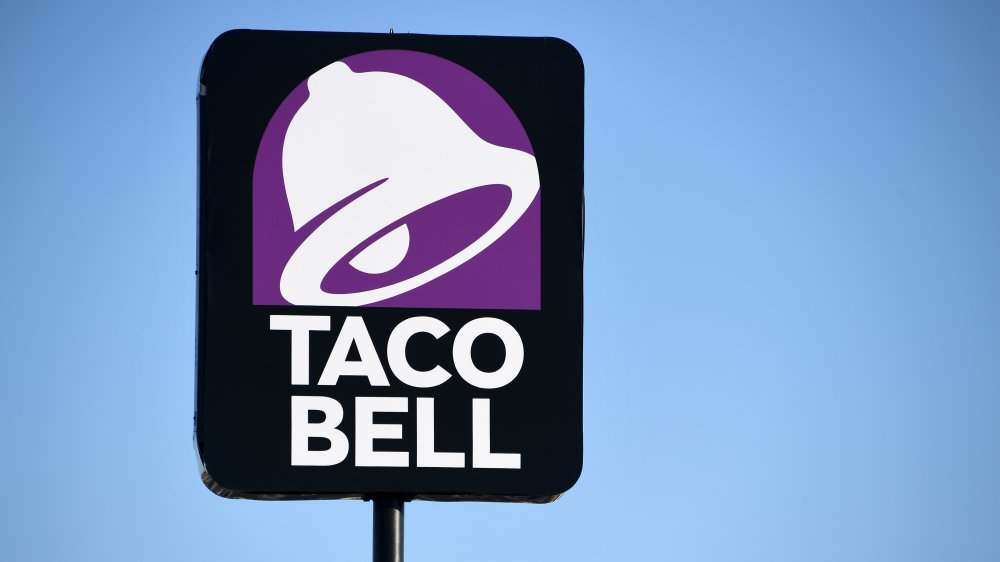
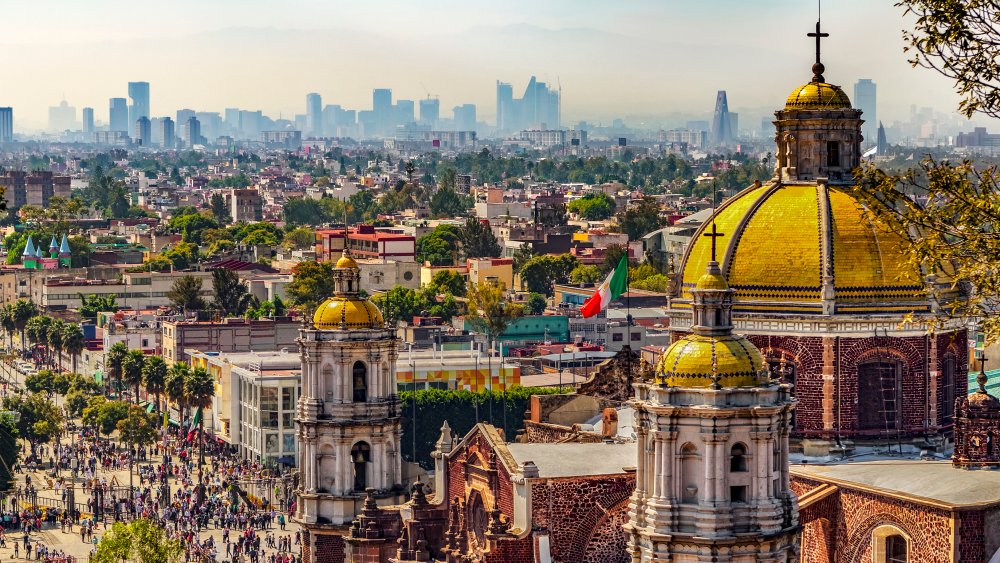
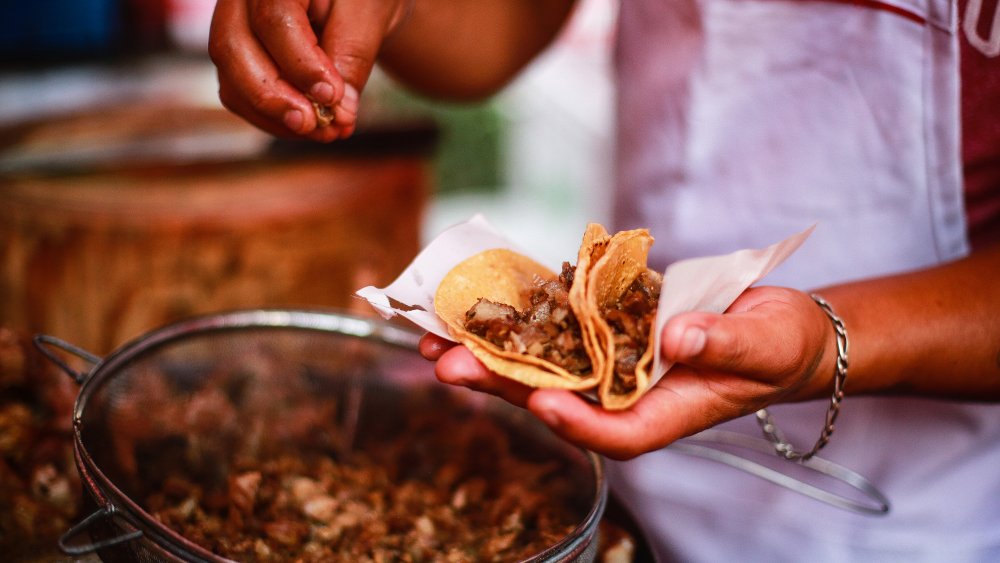
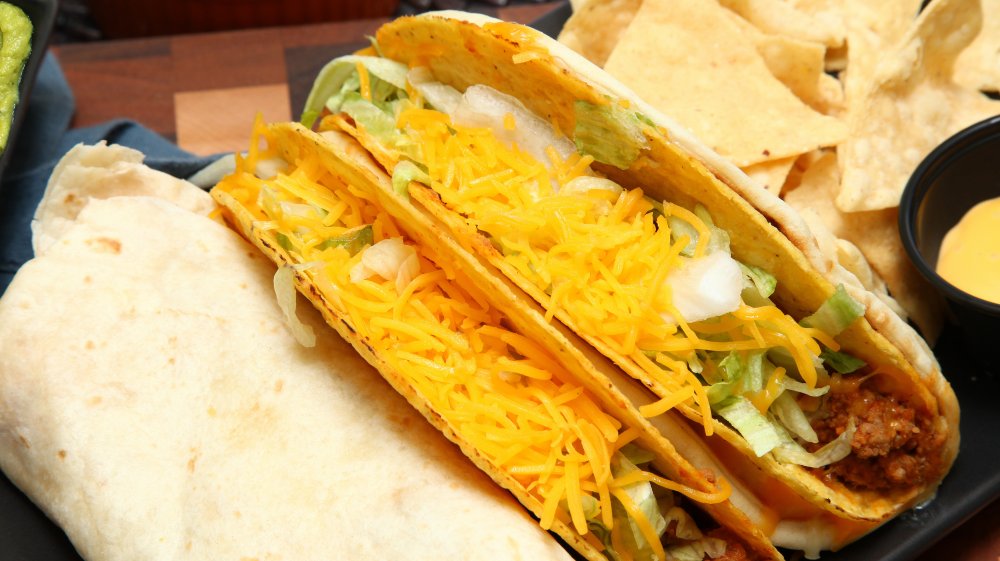
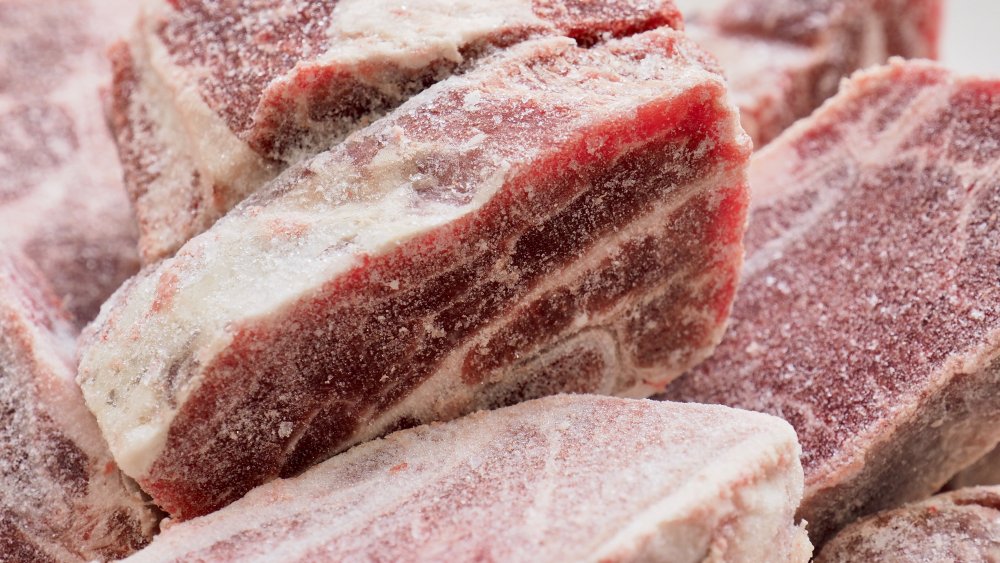
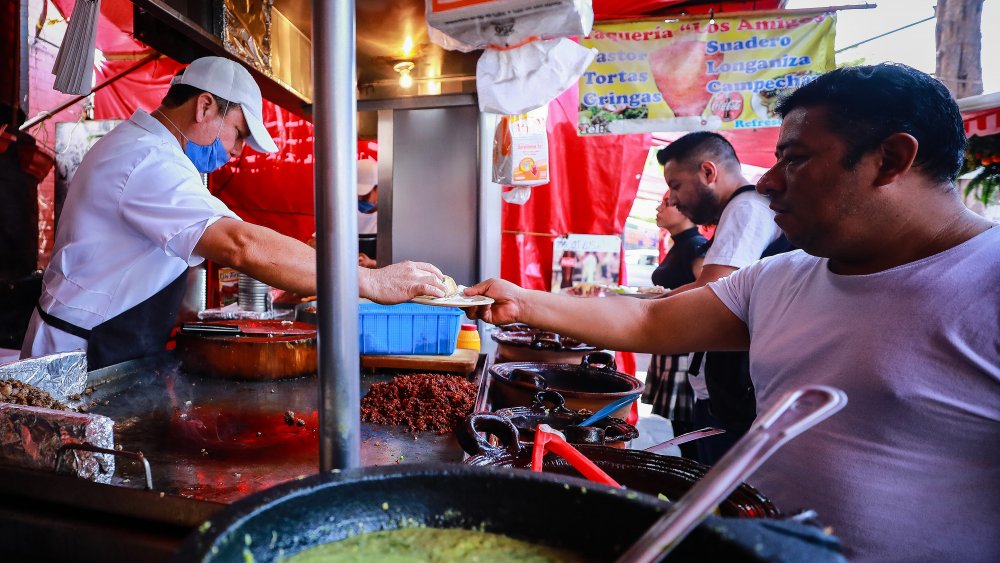
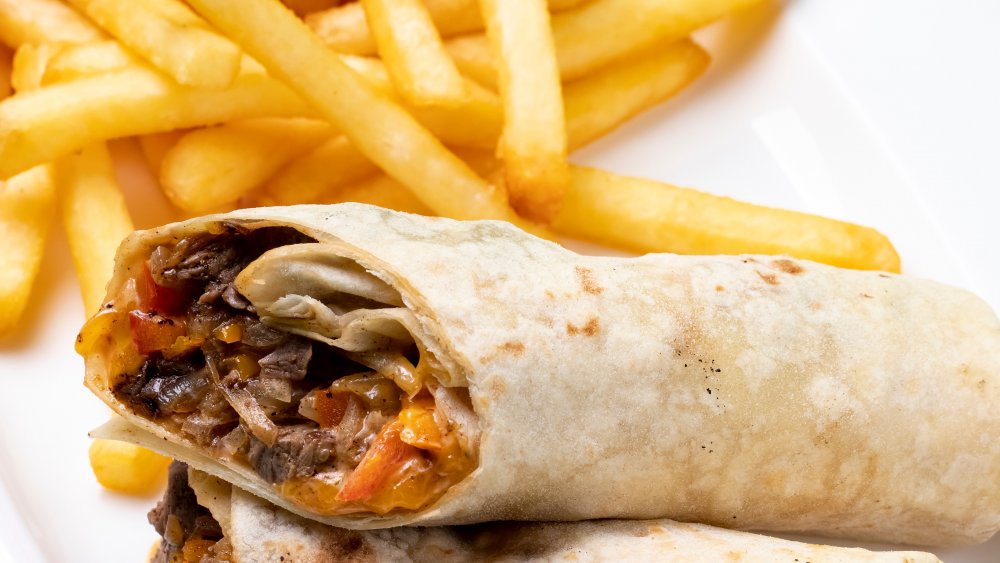
0 Response to "What Countries Ban Taco Bell Beef"
Post a Comment